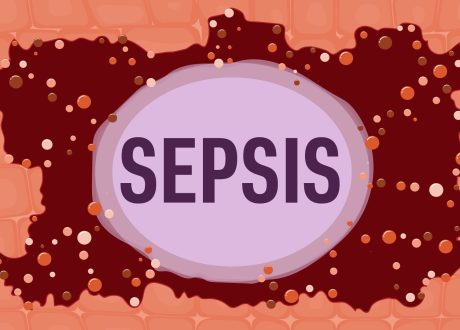Andrew J. Latimer MD , Brenna Harrington BS , Catherine R. Counts PhD, MHA , Katelyn Ruark BS , Charles Maynard PhD , Taketo Watase MD and Michael R. Sayre MD
Annals of Emergency Medicine, Copyright © 2020
Study objective
The bougie is typically treated as a rescue device for difficult airways. We evaluate whether first-attempt success rate during paramedic intubation in the out-of-hospital setting changed with routine use of a bougie.
Methods
A prospective, observational, pre-post study design was used to compare first-attempt success rate during out-of-hospital intubation with direct laryngoscopy for patients intubated 18 months before and 18 months after a protocol change that directed the use of the bougie on the first intubation attempt. We included all patients with a paramedic-performed intubation attempt. Logistic regression was used to examine the association between routine bougie use and first-attempt success rate.
Results
Paramedics attempted intubation in 823 patients during the control period and 771 during the bougie period. The first-attempt success rate increased from 70% to 77% (difference 7.0% [95% confidence interval 3% to 11%]). Higher first-attempt success rate was observed during the bougie period across Cormack-Lehane grades, with rates of 91%, 60%, 27%, and 6% for Cormack-Lehane grade 1, 2, 3, and 4 views, respectively, during the control period and 96%, 85%, 50%, and 14%, respectively, during the bougie period. Intubation during the bougie period was independently associated with higher first-attempt success rate (adjusted odds ratio 2.82 [95% confidence interval 1.96 to 4.01]).
Conclusion
Routine out-of-hospital use of the bougie during direct laryngoscopy was associated with increased first-attempt intubation success rate.









